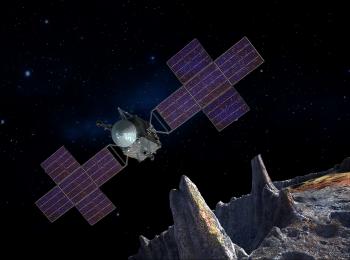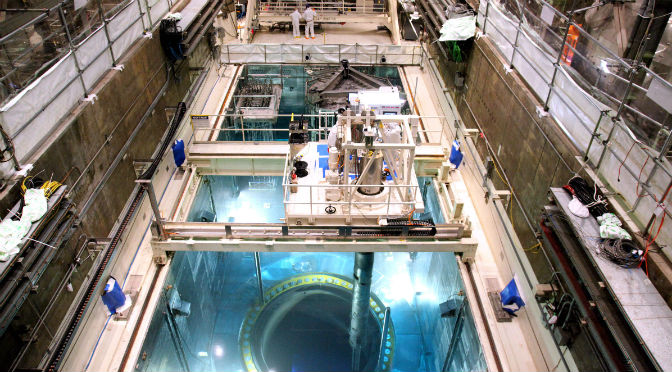
NASA’s mission to 16 Psyche, the solar system’s only known iron-nickel asteroid, will launch in the summer of 2022, one year earlier than originally planned.
Read/listen to my full story at KJZZ’s Arizona Science Desk:
NASA’s Psyche Mission Will Launch a Year Early, Arrive at Target Four Years Sooner



